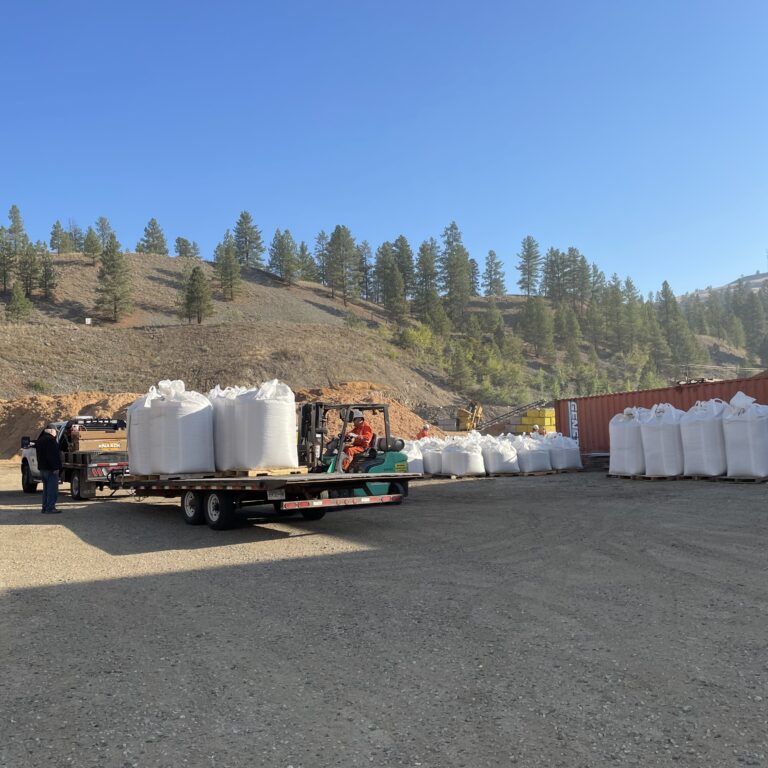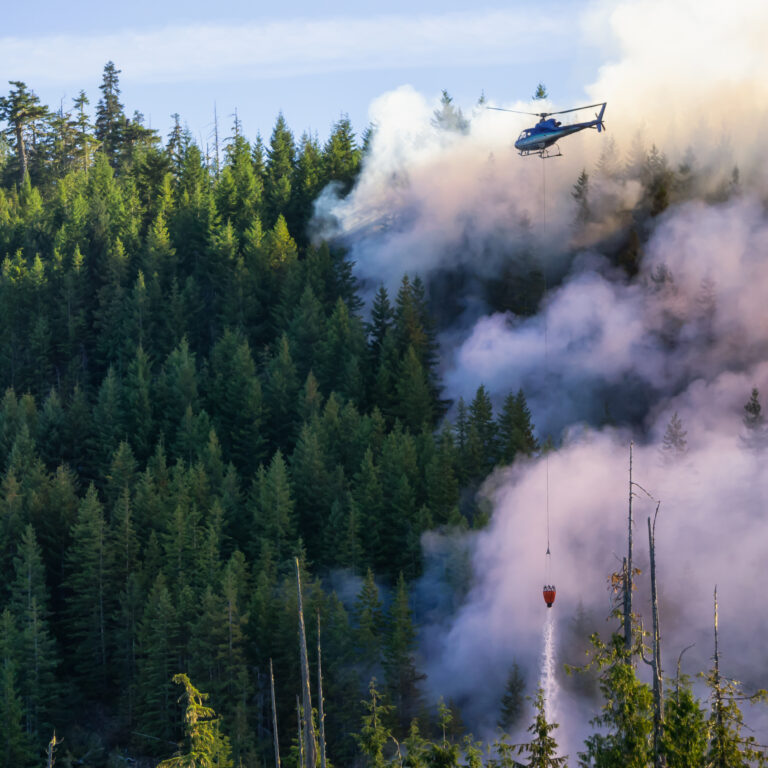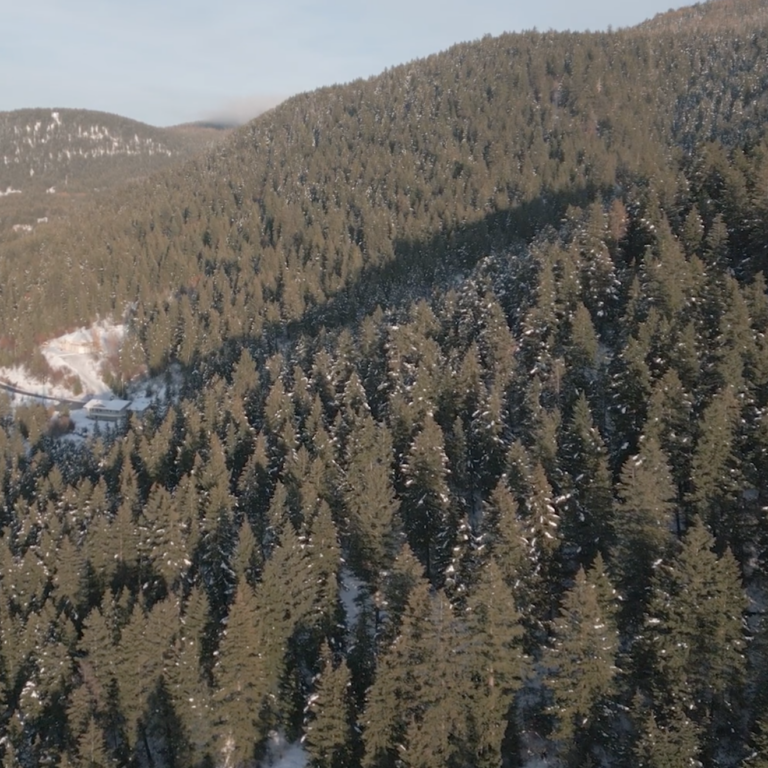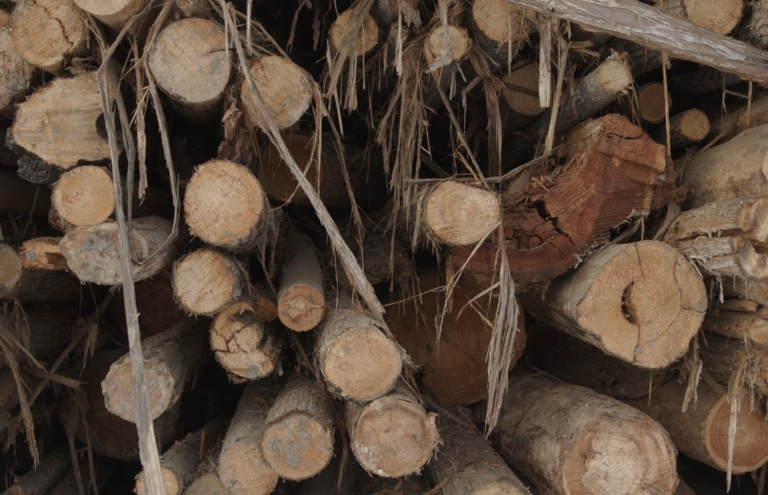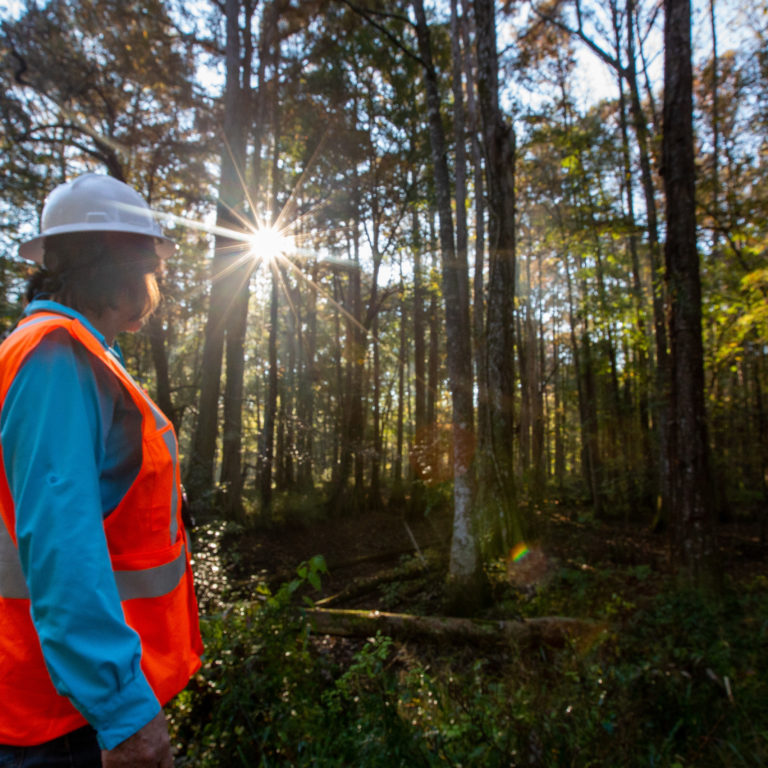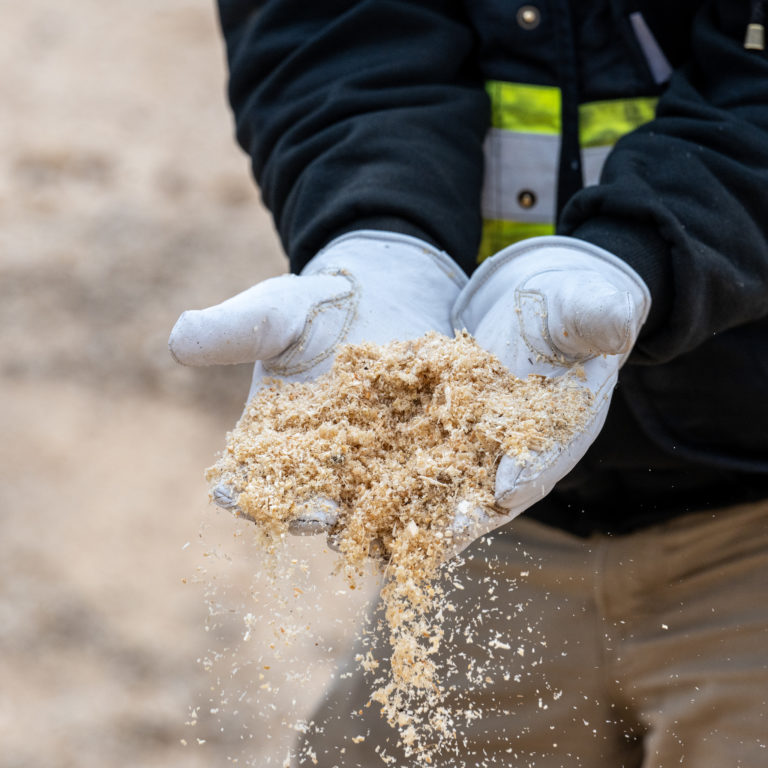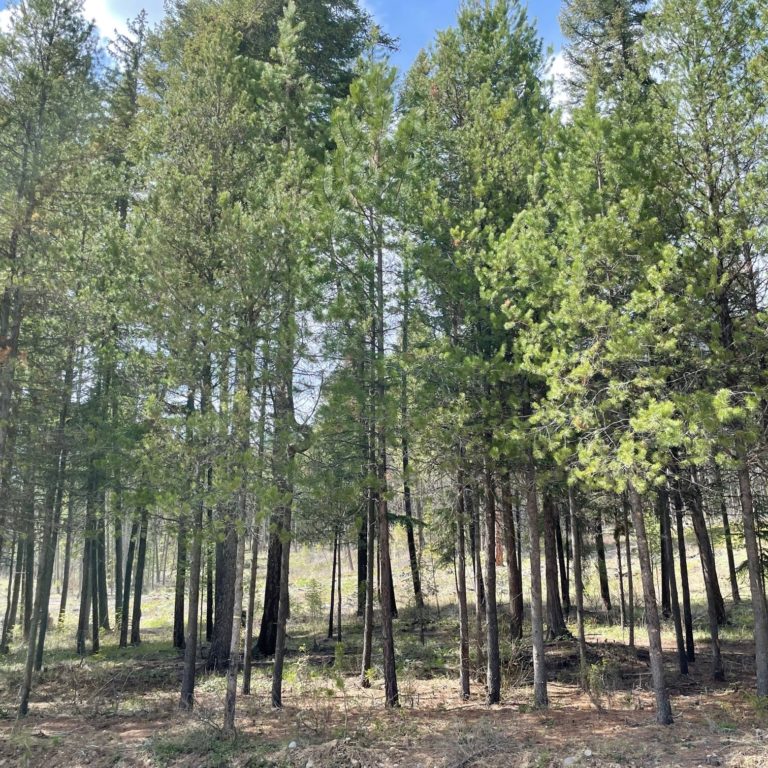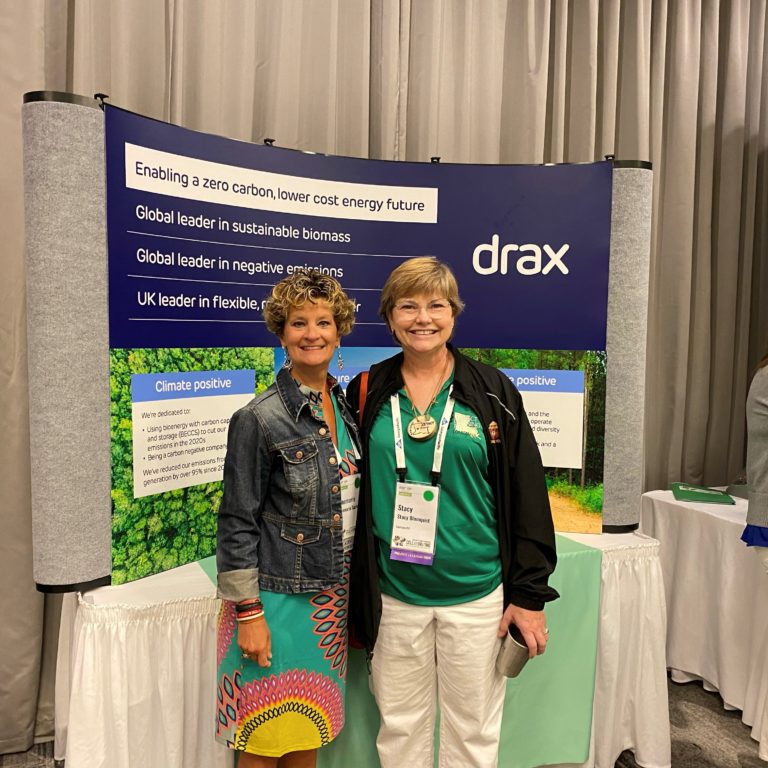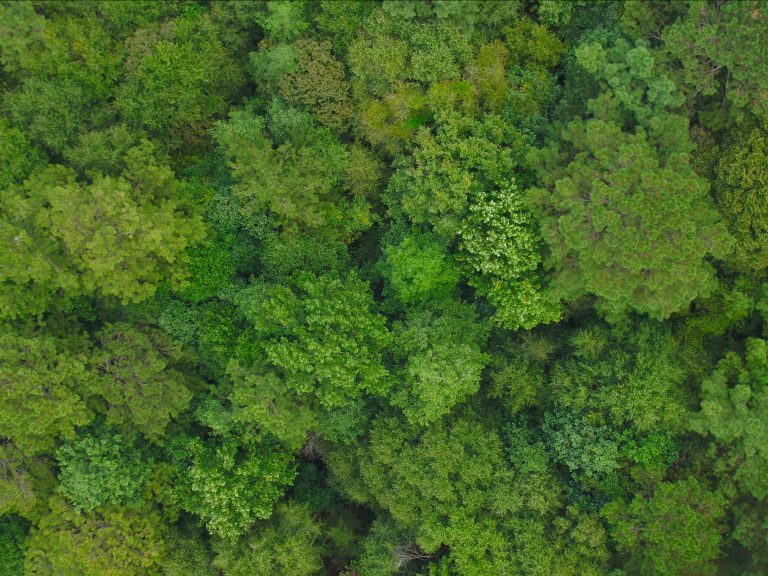Catchment Area Analyses
The main purpose of our Catchment Area Analysis (CAA) reports is to provide evidence that we are meeting our biomass sustainability commitments.
Set out in our Responsible Sourcing policy, our commitments help to ensure that we are delivering a positive impact for the climate, environment and for the communities in each area we source our pellets from (i.e. catchment area).
The CAA process allows us to explore the key metrics, keeping a track of the carbon storage and sequestration dynamics in regions where we source – how forests are growing, and what they are being used for.
The factors examined include:
- Deforestation and degradation
- Changes in forest management practice
- Wood prices and other markets that use wood
- Amount of carbon stored on landscape (growing stock)
- Sequestration rate of carbon (productivity of forests)
- Harvesting levels vs productive capacity of area
Further information about the metrics can be found here.
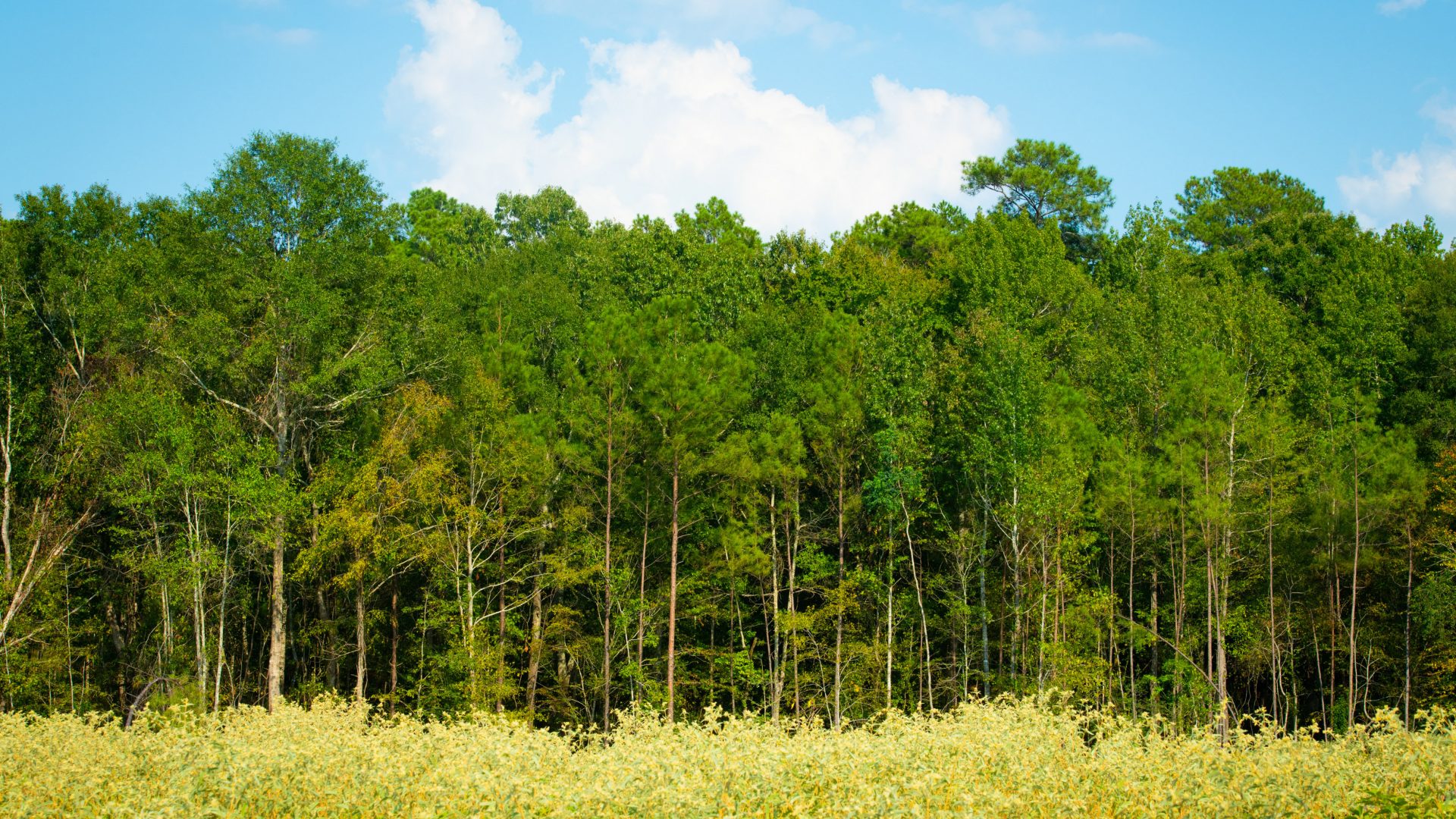
Method
We have chosen independent, professional third parties, with expert knowledge of the geographies of each catchment area, to collate information and give their views on the dynamics in each region.
The data used is all publicly available, and every effort has been made to ensure transparency and accuracy.
Reports and summaries
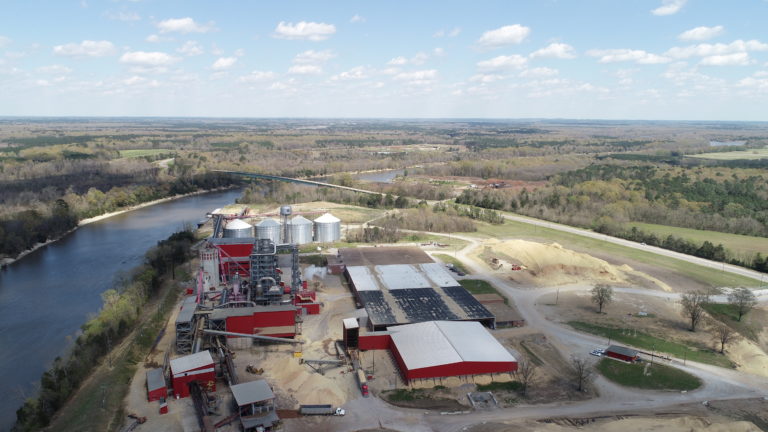
Catchment Area Analysis of Forest Management and Market Trends: Alabama Cluster [February 2022]
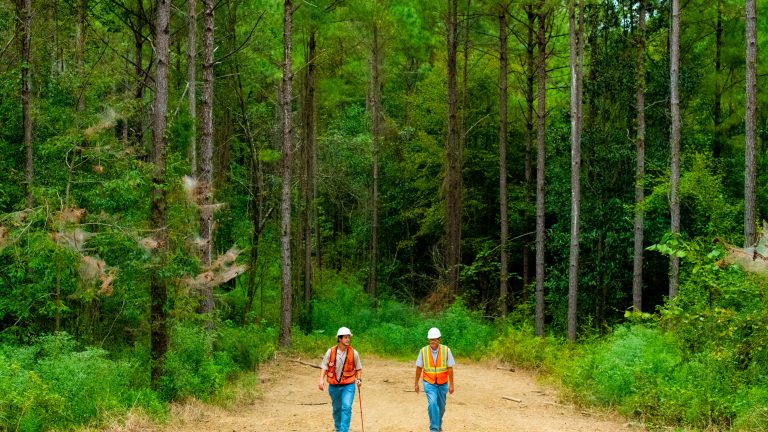
Catchment Area Analysis of Forest Management and Market Trends: Amite BioEnergy [August 2019]
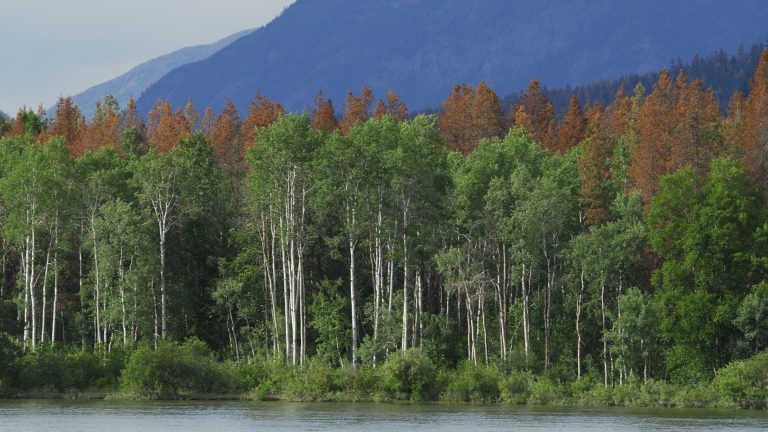
Catchment Area Analysis of Forest Management and Market Trends: Burns Lake and Houston [November 2020]
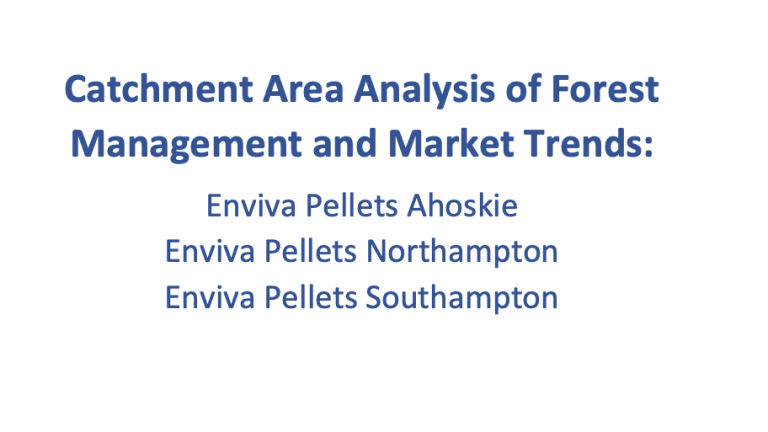
Catchment Area Analysis of Forest Management and Market Trends: Chesapeake [April 2020]
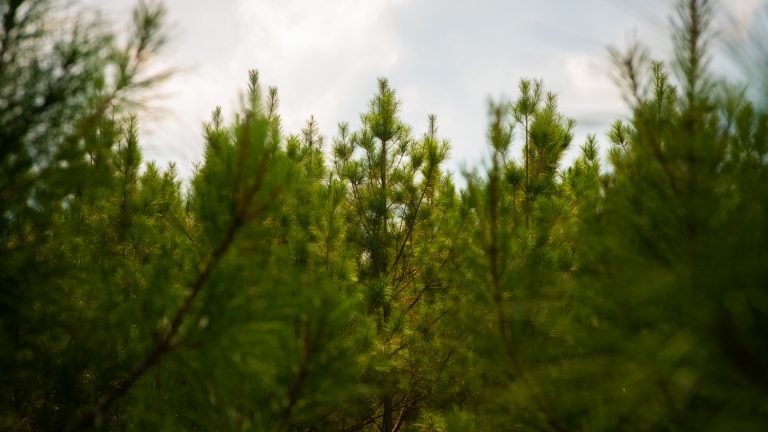
Catchment Area Analysis of Forest Management and Market Trends: Enviva Cottondale pellet plant [August 2021]
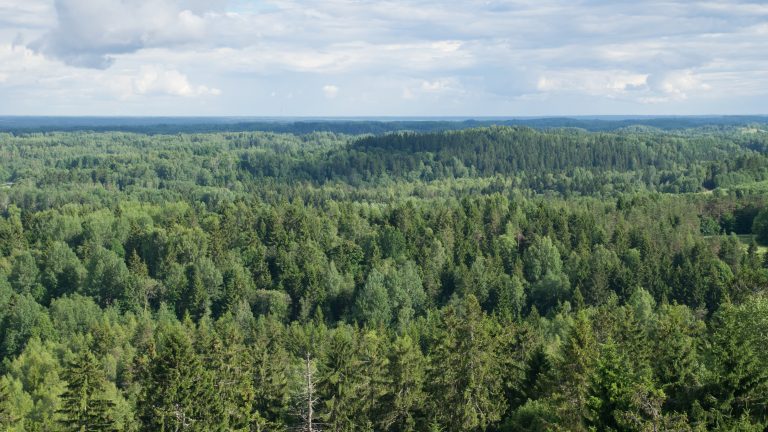
Catchment Area Analysis of Forest Management and Market Trends: Estonia [February 2020]
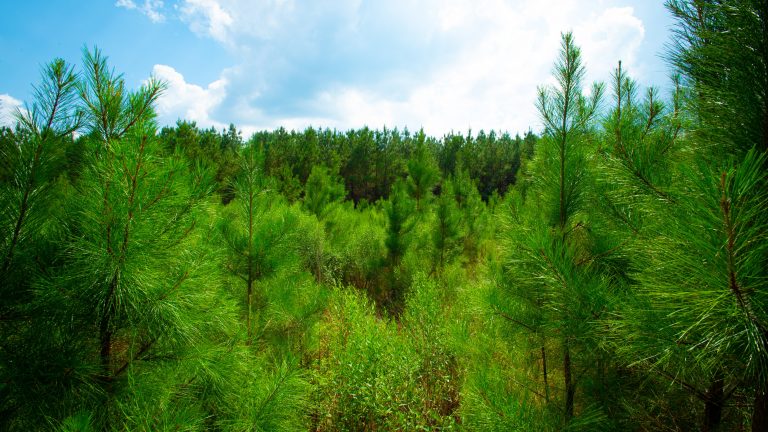
Catchment Area Analysis of Forest Management and Market Trends: Georgia Mill Cluster [September 2020]
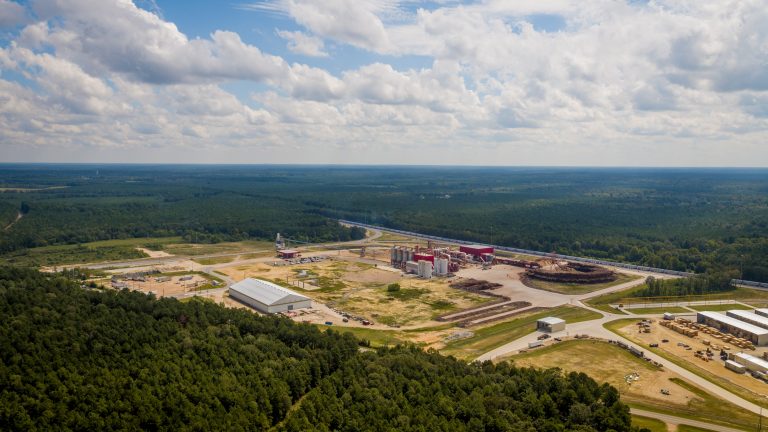
Catchment Area Analysis of Forest Management and Market Trends: LaSalle BioEnergy [June 2020]
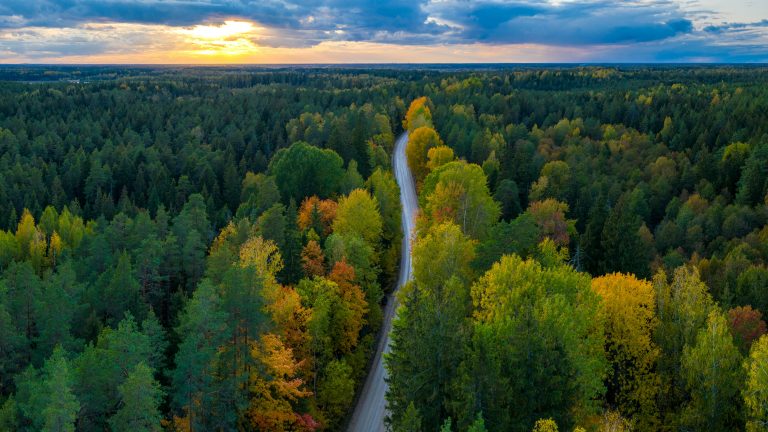
Catchment Area Analysis of Forest Management and Market Trends: Latvia [May 2020]
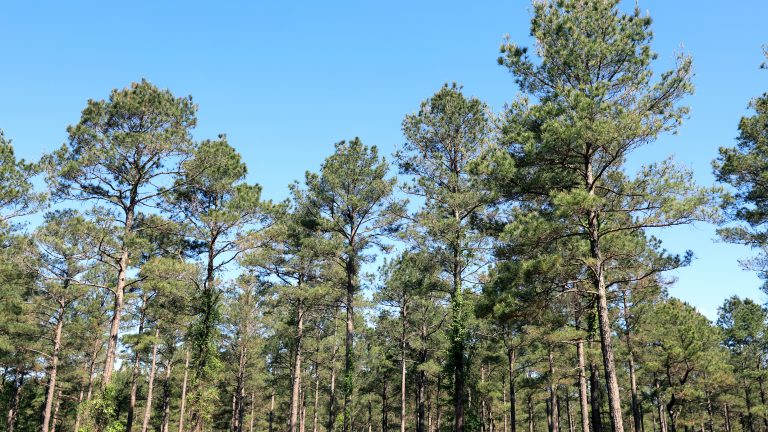
Catchment Area Analysis of Forest Management and Market Trends: Morehouse BioEnergy [August 2019]
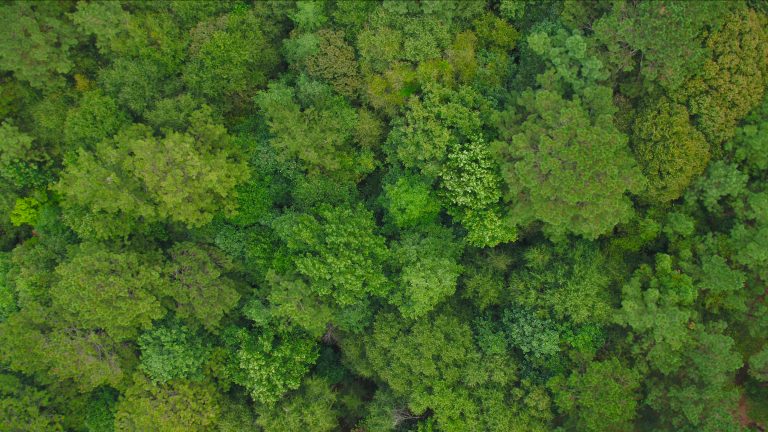
Catchment Area Analysis of Forest Management and Market Trends: The US South’s biomass sourcing areas analysed [December 2020]
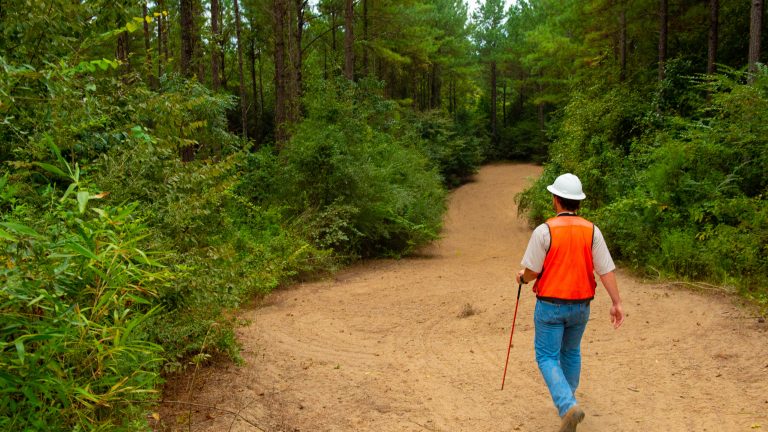
The science behind measuring and analysing trees: Just how accurate is the data? The Drax forestry team investigates.
Areas we source from
US South
For this area there are five separate studies looking at individual pellet mills, or clusters of mills (depending on the proximity and overlap of procurement patterns) that supplied 3.6 million tonnes of sustainable wood pellets to Drax in 2019. The five study areas in this region represented 49% of Drax’s total consumption in that year. The data shows that overall the acreage of forest is stable (with gains in some areas, and one minor loss unrelated to biomass demand), increasing carbon stored in the forest, maintained or increased productivity (i.e. annual sequestration of carbon), and no adverse distortion of markets. Pellet markets have helped sustain these beneficial outcomes. More detail can be found in Figures 1 and 2 below and in the summary article.
The Baltics
Two CAA reports also examine the forest landscape in Latvia and Estonia, countries that supply pellets to Drax, and in 2019 sent 755,000 tonnes constituting 10% of our supply. The regions we source from in the Baltics have increasing areas of sustainably managed forest land, greater quantities of carbon stored in their forests, and increasing productivity. Markets provided by pellet mills helped foresters improve forests, and sawmills utilise residuals. Summary data can also be found in Figure 3 below.
British Columbia
We have studied the sourcing area for pellet mills in the centre of British Columbia, Canada that have supplied Drax for a number of years, named Houston and Burns Lake. These two areas provided 315,000 tonnes in 2019, about 4.5% of our total supply. The CAA report for this region shows the devastating consequences for the forest of a ‘pine beetle’ attack that started in 1999 and affected millions of hectares, killing trees that contained more than 150 million cubic metres of wood. Harvesting was accelerated to utilise the timber before it rotted, and pellet mills provided (and continue to provide) really good use of the sawdust, chips and shavings from sawmills, and beetle-damaged low-grade timber. The forest landscape has therefore changed, and this will alter how forests are used in future. With less sawmilling expected in the next decade or so, shown by a reduction in recent years in the amount of cutting, more feedstock will come from forest residues that are often burned after harvest.
Conclusions
These analyses give us valuable insights into the areas we source from, and together the reports completed in 2020 represent approximately two thirds of our supply.
Forests vary due to location, as do the dynamics that affect them. And those dynamics change over time, perhaps due to market fluctuations or changes in forests themselves. Ongoing monitoring is valuable.
In summary, these reports indicate sustainable forest management (of which pellet production is a part) can provide carbon benefits in these differing circumstances. Ensuring that carbon stocks are increasing in the forests we take from is a vital part of understanding the impacts of bioenergy on climate. This complements our commitment to ensuring that we use woody biomass types with low risk of carbon debt, and the broader analysis done with our Healthy Forest Landscape (HFL) programme. For both CAA and HFL, we plan to report on our entire supply area by the end of 2022.
Summary data
The graph and tables below summarise data collected from the individual CAA reports, analysing the key metrics in each region. Figures 1 and 2 show data for five of the areas we source from in the US South and Figure 3 measures the forest landscape in Latvia and Estonia.
Figure 1

Annual change in inventory volume by catchment area (USFS)
Figure 2
[table “115” not found /]Figure 3
[table “116” not found /]Definitions
Deforestation and degradation
Loss of forest cover through conversion to other land use e.g. conversion to agriculture or urban development. Degradation of the forest type and quality e.g. loss of areas of ‘high value’ forest and replacement with lower quality stands (value can relate to economic, carbon, social or ecological value). (A stand of forest is a community of trees sufficiently uniform to distinguish it from adjacent communities.)
Changes in management practice
A widespread change in management practice that can be detrimental to forest value e.g. change in rotation length or species composition that reduces carbon stored in long term wood products, reduces growth rates or the sequestration (capture and storage) rate of carbon; change in thinning practice that reduces revenue or saw-timber production; a widespread reduction in the quality of replanting/restocking that negatively impacts saw-timber production or growth.
Wood prices
The price paid for each wood fibre product to the forest owner (stumpage) and by the mill (delivered); typically categorised into low grade roundwood (pulpwood) and saw-timber grades.
Amount of carbon stored on landscape (growing stock)
The volume or tonnage of total above ground wood fibre in the standing forest area, the quantity of wood fibre in live trees that are actively growing.
Sequestration rate of carbon (productivity of forests)
The rate at which the trees are growing and adding new wood fibre, sequestering more carbon, expressed as the total annual quantity or as the rate per hectare.
Harvesting levels vs productive capacity of area
The total annual growth of wood in forests compared to the total annual removals from harvesting, natural mortality and loss to fire and natural disturbance. This can give a measure of whether the growing stock is increasing or decreasing.





